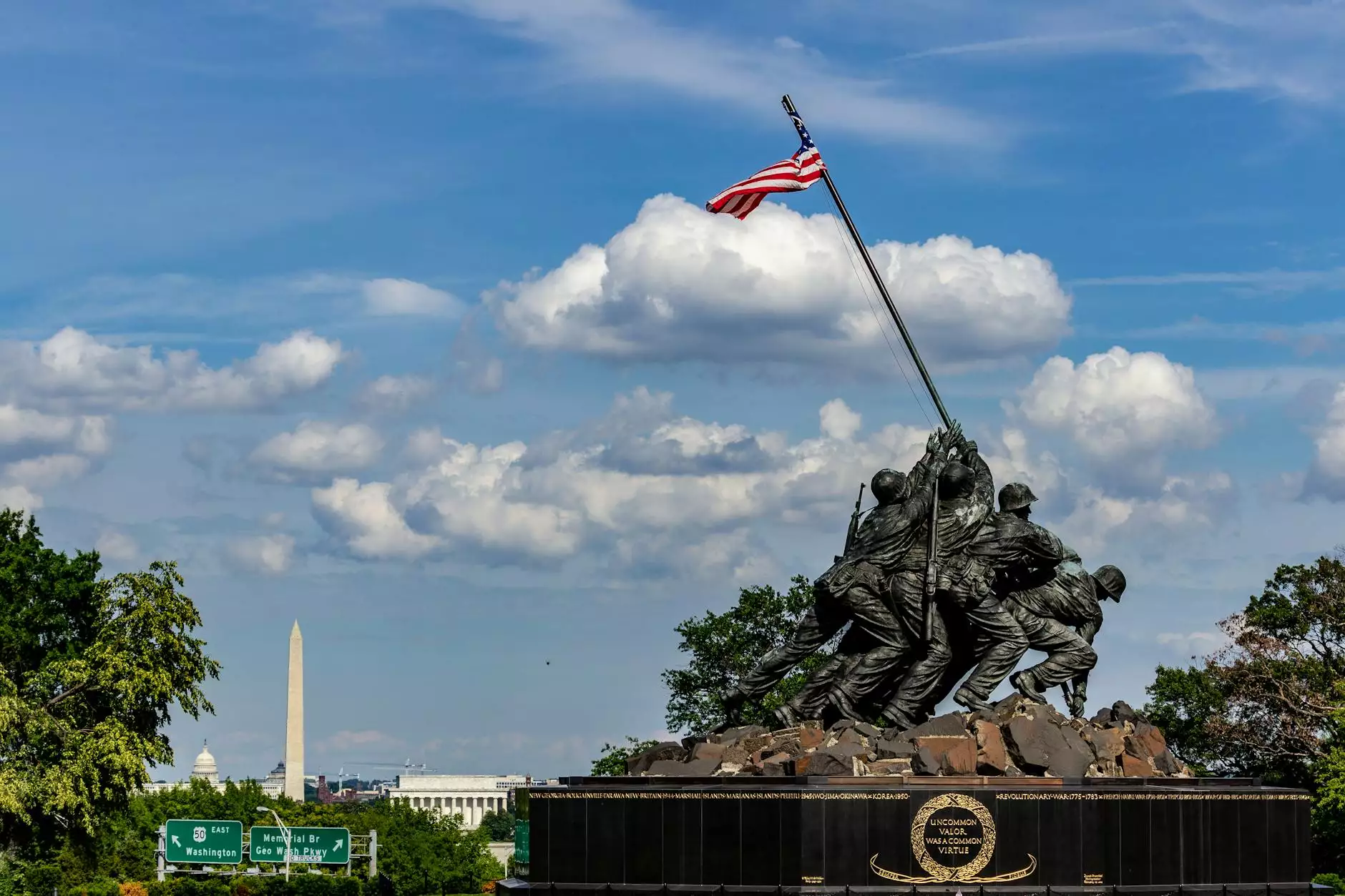The Intersection of Body Paint and the First Amendment
Virginia Lawyer
Introduction
Welcome to Richardson Law Firm PC, your trusted legal resource specializing in law and government matters. In this article, we delve into the fascinating realm where body paint and the First Amendment intersect, exploring the legal aspects surrounding this unique artistic expression. We aim to provide you with comprehensive insights into the First Amendment's protection of body paint as a form of free speech.
The First Amendment and Free Speech
The First Amendment of the United States Constitution guarantees the freedom of speech, which encompasses various forms of expression, including verbal, written, and symbolic. Body paint, as an innovative art form, has gained significant attention in recent years. People express themselves by using their bodies as canvases, creating elaborate designs and intricate patterns that convey powerful messages or showcase sheer creativity.
Body Paint as Art
Body paint transcends traditional mediums and serves as a living, breathing work of art. Artists and individuals alike utilize body paint to communicate narratives, challenge societal norms, or foster cultural appreciation. The intricate brushstrokes and color palettes transform the human body into a mesmerizing masterpiece, blurring the lines between art, performance, and self-expression.
Legal Protection of Body Paint
While body paint might seem unconventional to some, it falls under the umbrella of protected speech under the First Amendment. Courts recognize body paint as a form of expression entitled to constitutional safeguards. However, like any other expression, certain restrictions and limitations apply to maintain a delicate balance between freedom of speech and other societal interests.
Public vs. Private Spaces
The legality of body paint often hinges on the location and context in which it is displayed. In public spaces, such as parks or streets, wearing body paint may raise concerns related to public decency or obscenity, potentially violating local laws or community standards. It's crucial to understand the legal boundaries within your jurisdiction and seek legal counsel to ensure compliance.
Expressive Conduct and Symbolic Speech
Courts recognize body paint as a form of expressive conduct, which can convey a particular message or symbolize an idea. Symbolic speech employs non-verbal or non-written forms of expression to communicate opinions or beliefs. Body paint serves this purpose by transforming the human body into a walking canvas, allowing individuals to make profound statements without uttering a single word.
Limitations and Government Interests
While the First Amendment protects body paint as a form of free speech, certain limitations exist to safeguard important government interests. These limitations aim to strike a balance between individual expression and the well-being of society as a whole. For example, restrictions may be imposed to prevent clear and present danger, incitement to violence, or the violation of public health and safety regulations.
Case Studies
Throughout history, various legal cases have emerged surrounding body paint and the First Amendment. These cases have helped shape the legal landscape and provide precedents for current and future considerations. It's essential to stay informed about landmark rulings and legal interpretations to understand the potential implications of engaging in body paint as a form of expression.
Conclusion
Richardson Law Firm PC is your trusted partner in navigating the complex intersection of body paint and the First Amendment. Our knowledgeable team is well-versed in the intricacies of law and government, ensuring that your constitutional rights to free speech are protected. Whether you require legal advice, representation, or simply seek further information, our firm is prepared to assist you. Embrace the power of body paint, and let your voice be heard!










